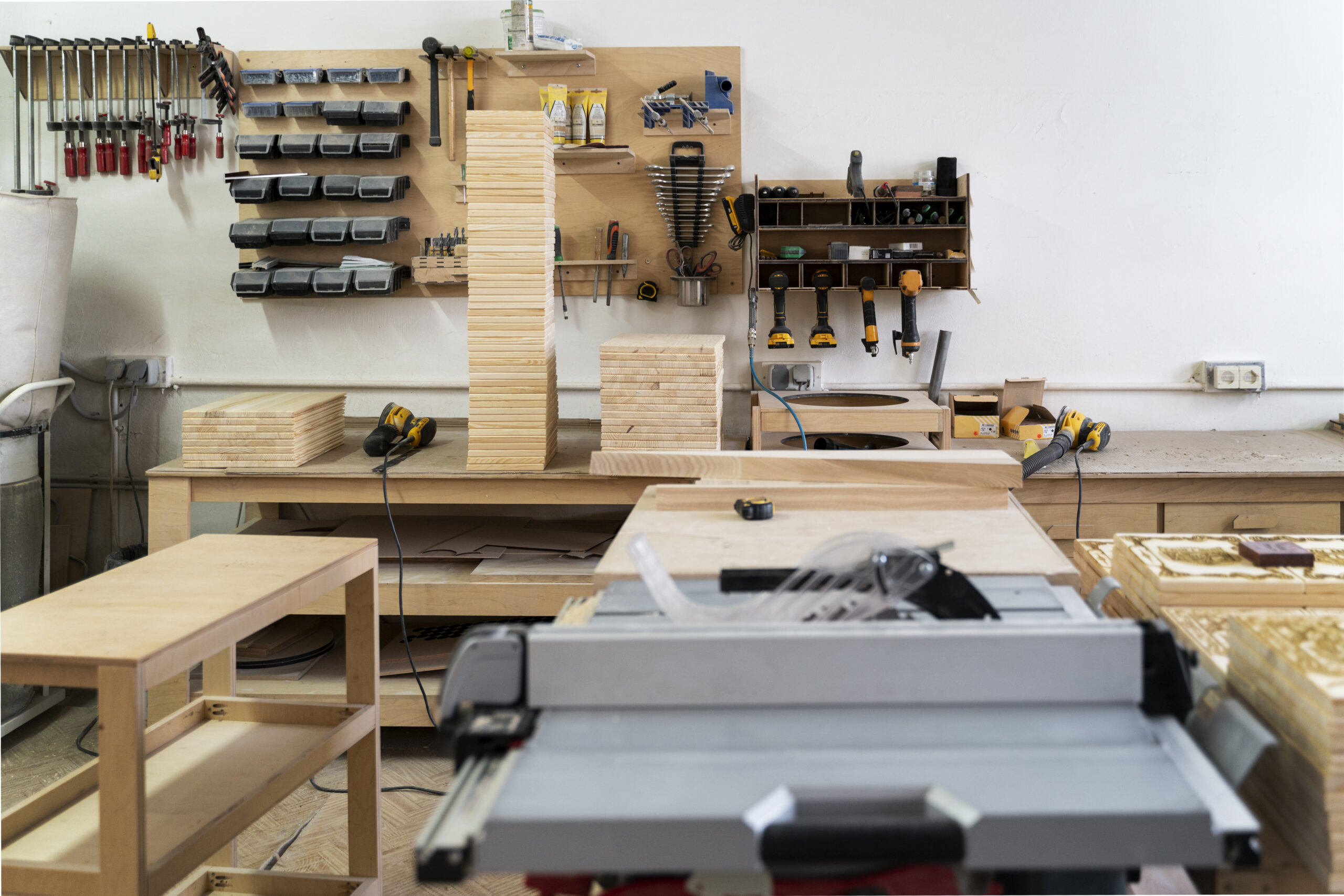Understanding Trim Tabs for Boats: A Comprehensive Guide
Trim tabs are crucial components for improving the performance and handling of boats. These small yet effective devices help manage the boat’s attitude by influencing its pitch and roll. By understanding how trim tabs work and selecting the right type for your vessel, you can enhance your boating experience significantly.
What Are Trim Tabs?
Trim tabs are adjustable, flat plates attached to the transom of a boat. They generally deploy from the bottom edge and extend into the water, creating hydrodynamic forces that alter the boat’s position. The primary objective of trim tabs is to optimize the boat’s balance in various water conditions.
The trim tabs’ function is straightforward. When lowered into the water, they increase drag on the affected side of the boat. This adjustment helps level the boat, countering uneven weight distribution, aiming to achieve a smoother, more efficient ride.
Benefits of Using Trim Tabs
- Improved fuel efficiency by decreasing hydrodynamic drag and optimizing hull performance.
- Enhanced stability by balancing the boat’s load distribution, leading to a comfortable ride.
- Better visibility by reducing bow rise when accelerating, giving the operator a clearer view of the horizon.
- Increased safety by enabling quicker plane ability and better control in adverse conditions.
Types of Trim Tabs
There are primarily two categories of trim tabs: mechanical and hydraulic, each with its own advantages and suitable applications.
Mechanical Trim Tabs
Mechanical trim tabs are often driven using electro-mechanical actuators. They require fewer components compared to their hydraulic counterparts. This simplifies installation and maintenance. The response time is typically fast, allowing for quick adjustments. They suit smaller to medium-sized boats where ease of installation and reliability are priorities.
Hydraulic Trim Tabs
Hydraulic trim tabs utilize a hydraulic pump to extend and retract the tabs. They are known for their strength and durability, handling larger surface areas and heavier loads more effectively. This makes them suitable for larger boats requiring more power to adjust boat balance. Installation is more complex due to the hydraulic plumbing involved, but once set up, they offer smooth and powerful operation.
How to Select the Right Trim Tabs
- Consider the size of your boat. Larger vessels may require bigger tabs for effective performance.
- Determine the typical load and weight distribution. If your boat is often heavily laden, opt for more robust options.
- Assess common weather and water conditions you navigate in. Rough waters might necessitate more responsive trim tabs.
- Examine your specific boating activities. Sport fishing or water skiing can benefit significantly from rapid and precise trim adjustments.
Installing Trim Tabs
Follow these general guidelines for setting up trim tabs on your boat:
- Begin by measuring the stern to determine the correct placement. The location should ensure unobstructed water flow over the tabs.
- Drill pilot holes for mounting brackets, maintaining precision to avoid improper alignment.
- Attach the trim tabs securely, ensuring no gaps exist between the tabs and hull to prevent leaks.
- Route necessary wiring or hydraulic lines for operation, safeguarding against exposure and damage.
Although DIY installation is an option for experienced individuals, professional installation may be worthwhile to ensure optimal performance and warranty compliance.
Operating Trim Tabs
Proper operation of trim tabs enhances their effectiveness. Most systems are controlled via helm-mounted switches or joysticks. Here are some tips for using trim tabs:
- Use trim tabs subtly. Small adjustments often suffice in achieving the desired boat trim.
- Monitor the boat’s response and adjust for side-to-side balance first, followed by fore-to-aft refinement.
- Use trim tabs to assist the boat in reaching plane swiftly. This reduces drag and improves speed and economy.
- Avoid overusing trim tabs at high speeds, as it can lead to instability.
Maintenance of Trim Tabs
Regular maintenance ensures longevity and reliable performance. Key maintenance tasks include:
- Inspect the trim tabs and actuators for signs of wear, corrosion, or damage.
- Check hydraulic fluid levels regularly if using hydraulic systems, replenishing as necessary.
- Keep electrical connections clean and secure. Saltwater exposure can quickly cause corrosion.
- Test the response of the trim tabs periodically to ensure proper functionality. Address any delays or mechanical issues promptly.
By keeping up with these practices, owners can prevent expensive repairs and ensure consistent performance.
Conclusion
Trim tabs play a critical role in maximizing boat control and performance. With correct installation and operation, they provide invaluable benefits. Their ability to improve fuel efficiency, stability, and safety makes them an essential upgrade for various boating activities. Investing time in understanding how they work, along with regular inspection and maintenance, will ensure you get the most out of your boating experience.
Recommended Boating Gear
Stearns Adult Life Vest – $24.99
USCG approved universal life jacket.
Chapman Piloting & Seamanship – $45.00
The definitive guide to boating since 1917.
As an Amazon Associate, we earn from qualifying purchases.

